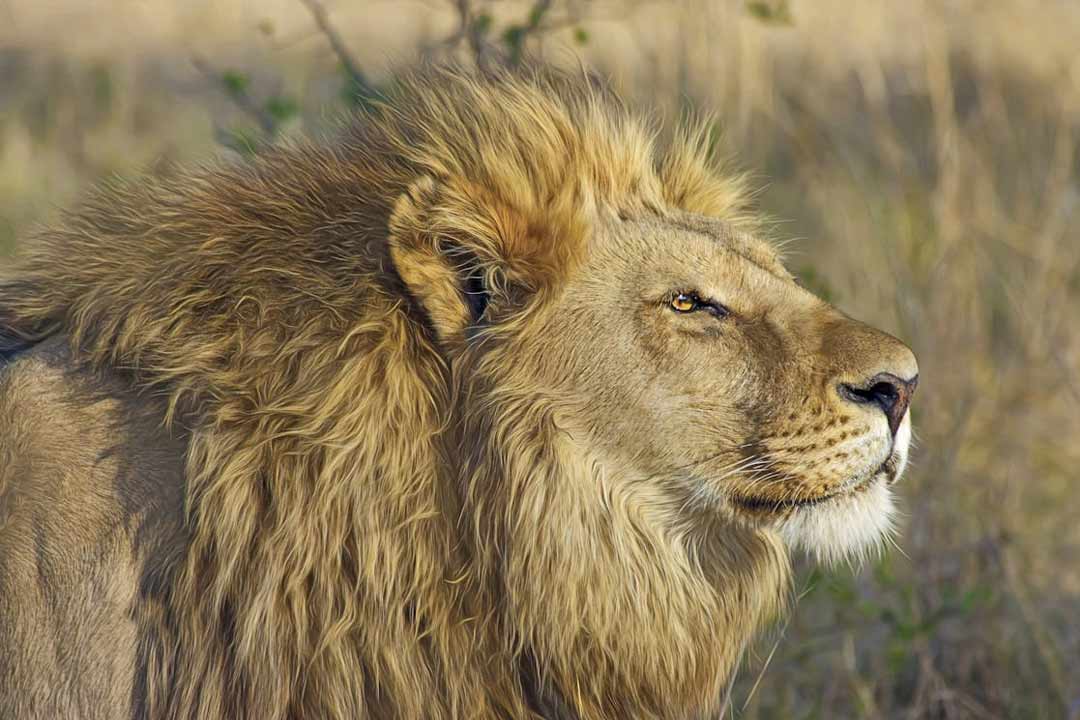- No product in the cart.
How to Properly Care for Your Trophy Before Sending It to a Taxidermist
For many hunters, a successful hunt is about more than just the moment of the shot—it’s about preserving the memory of the adventure. A well-crafted taxidermy mount allows you to relive that experience for years to come, but proper field care is crucial to achieving a flawless trophy.
At Collett’s Wildlife Artistry, we know that how you handle your trophy in the field directly impacts the final taxidermy result. To ensure your mount looks lifelike and lasts for generations, follow these expert preparation and preservation tips before sending your trophy to a professional taxidermist.
Step 1: Immediate Care – The First Moments Matter
Once the animal is harvested, your first priority should be preserving the integrity of the hide. Every second counts—heat, moisture, and improper handling can lead to hair slippage, skin rot, and irreversible damage.
What NOT to Do Immediately After the Hunt:
❌ Do not drag the animal across rocks, dirt, or brush—this can damage the hide and hair.
❌ Do not cut the throat—this leaves unsightly bloodstains that are difficult to remove.
❌ Do not leave the animal in direct sunlight—heat accelerates decomposition.
❌ Do not salt the hide prematurely—this can ruin the tanning process if done incorrectly.
What TO Do:
✔ Handle the animal with care to prevent fur damage.
✔ Move it to a shaded, cool area as soon as possible.
✔ Plan ahead for skinning—your taxidermist can provide specific cutting guidelines based on the type of mount you want.
Step 2: Proper Skinning Techniques for Different Mounts
The way you skin your animal depends on the type of taxidermy mount you plan to order. Improper cuts can make the mounting process difficult or even impossible.
Skinning for Shoulder Mounts (Most Common for Big Game)
✔ Make an incision around the middle of the ribcage (behind the front legs).
✔ Cut completely around the body and up both front legs to the knee.
✔ Leave plenty of extra hide behind the shoulders—your taxidermist can trim it later.
✔ Never cut too close to the neck or head—this makes the taxidermist’s job harder.
Skinning for Full-Body Mounts
✔ Make a dorsal incision (down the back) rather than a belly cut.
✔ Carefully skin each leg outward while leaving as much hide intact as possible.
✔ Keep the ears, lips, and eyelids attached—these delicate areas must be handled professionally.
Skinning for European Skull Mounts
✔ Skin the entire head cleanly, ensuring no flesh or hair remains.
✔ Boil or freeze the skull if immediate taxidermy is unavailable.
Tip: If you’re unsure how to skin the animal properly, it’s best to let a taxidermist do it! Bringing the whole animal to a professional prevents costly mistakes.

Step 3: Cooling, Freezing, and Storing the Hide
Once the hide has been removed, it must be cooled down quickly to prevent bacteria growth and hair slippage.
Short-Term Storage (24-48 Hours)
✔ Store the hide in a cool, dry place—preferably in a refrigerator.
✔ Lay it out flat to allow air circulation.
✔ Never keep the hide in a sealed plastic bag for long periods—this causes rapid decomposition.
Long-Term Storage (More than 48 Hours)
✔ Freezing is the best preservation method if you can’t get to a taxidermist quickly.
✔ Fold the hide carefully (fur side out) and place it in a breathable bag or wrap it in a cloth.
✔ Keep the ears, nose, and lips from drying out—these are delicate areas that require precise handling.
What About Salting?
Many hunters believe salting the hide is the best preservation method, but if done incorrectly, it can cause irreversible damage.
✔ Only salt the hide if you are certain you can remove all moisture first.
✔ Use fine, non-iodized salt to coat the skin evenly.
✔ Do NOT apply salt to wet or damp hides—this will cause rotting instead of preservation.
Step 4: Transporting Your Trophy to a Taxidermist
Once your trophy is properly prepped, it’s time to get it to the taxidermist. Proper transportation prevents unnecessary damage and ensures the best possible mount.
✔ Wrap the hide or head securely to protect it from dirt and moisture.
✔ Keep the specimen frozen or refrigerated if there is a delay.
✔ Label the hide clearly with your contact details and mounting preferences.
✔ Use a well-insulated cooler or box if transporting over long distances.
For international hunters, Collett’s Wildlife Artistry provides custom crating and shipping services to ensure trophies arrive safely in the USA, Europe, and worldwide.
Common Mistakes That Can Ruin a Trophy
🚫 Cutting the cape too short—taxidermists need extra skin for proper mounting.
🚫 Letting the hide stay too warm—bacteria growth leads to hair slippage.
🚫 Over-salting or under-salting—incorrect preservation ruins the tanning process.
🚫 Failing to freeze the specimen—if left at room temperature too long, decay begins.
🚫 Improper skinning of delicate areas—tears around the eyes, nose, or ears are hard to repair.
Avoiding these mistakes ensures your taxidermy mount looks natural and lasts a lifetime.
Why Choose Collett’s Wildlife Artistry for Your Trophy?
Choosing an experienced taxidermist makes all the difference. At Collett’s Wildlife Artistry, we provide:
✔ Expert handling and preservation of big game, plains game, and exotic species.
✔ Lifelike taxidermy craftsmanship using premium materials and techniques.
✔ Custom habitat displays for a unique and realistic presentation.
✔ Safe trophy shipping to the USA, Europe, and worldwide.
Your hunting success deserves to be preserved with care and artistry. By following these field preparation tips, you’ll ensure that your trophy mount turns out beautifully and lasts for generations. Care for your trophy.
Contact us today to discuss your taxidermy needs or learn more about shipping your trophy internationally.

